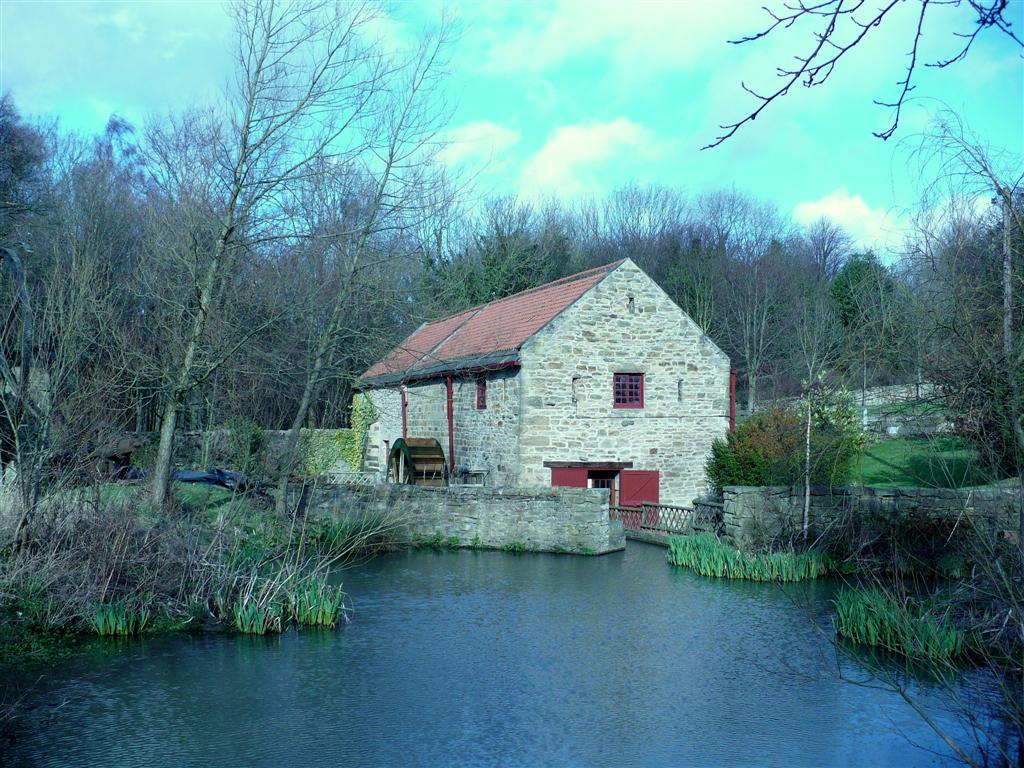
Visit the website for information www.gatesheadmill.co.uk
In the final one mile or so of Blaydon Burn, before it flows into the Tyne, there was, at its peak in the late eighteenth century, at least eight operational watermills. This gives an indication of the sheer numbers of mills where the conditions were suitable. Whilst Blaydon Burn did have its own Path Head (Peth Head) Watermill of which only the ruins now remain, only a short distance to the west lies the now preserved mill, feeding from Stella Burn. Both mills were situated in the Path Head area just south of Summerhill. The ancient pathway there goes back to the Bronze age, evidenced by the discovery, in the 1930s, of bronze age cists containing human remains and artefacts.
The mill was built and grinding corn for the local community in 1730. At that time, with coal local mining in particular, the Path Head area was quite a hive of activity. With the advent of the railways, new better roads, and resulting industrial development near these transport links, Path Head declined becoming once more a tiny, quiet farming hamlet. The Cowens of Stella Hall changed the Hall entrance from the Path Head route (the old Hexham road) to the newer Blaydon to Ryton road, accelerating the decline. I have been advised that during the Cowen era the mill was under their ownership. The Cowens were successful nineteenth century industrialists, mine owners, then MPs, who had such a huge influence in the Blaydon locality (see Joseph Cowen and Blaydon Burn information under separate headings).
The Path Head Watermill was still operating in 1895 but by 1930 it had fallen into disuse, the mill wheel had gone and by the 1960s all that remained were some dilapidated buildings.
In the mid 1990s a Trust was formed and with help from Gateshead MBC, Local Heritage Initiative Funds and some hard working and enthusiastic people, work began on restoring the mill. Necessary spare parts were searched out from other ruined mills and slowly but surely, with a lot of dedication, the mill was rebuilt to its former working glory. It now functions fully but is set up for joinery and wood turning rather than flour milling.
Below are some photos I have taken on 7th March 2012 - I hope it encourages a visit to see this wonderfull old mill in all its fully operational glory.
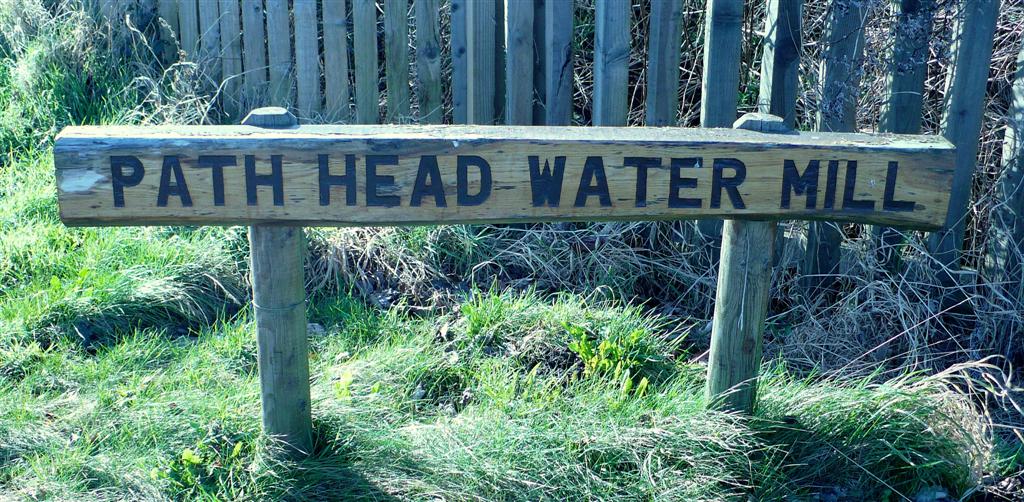
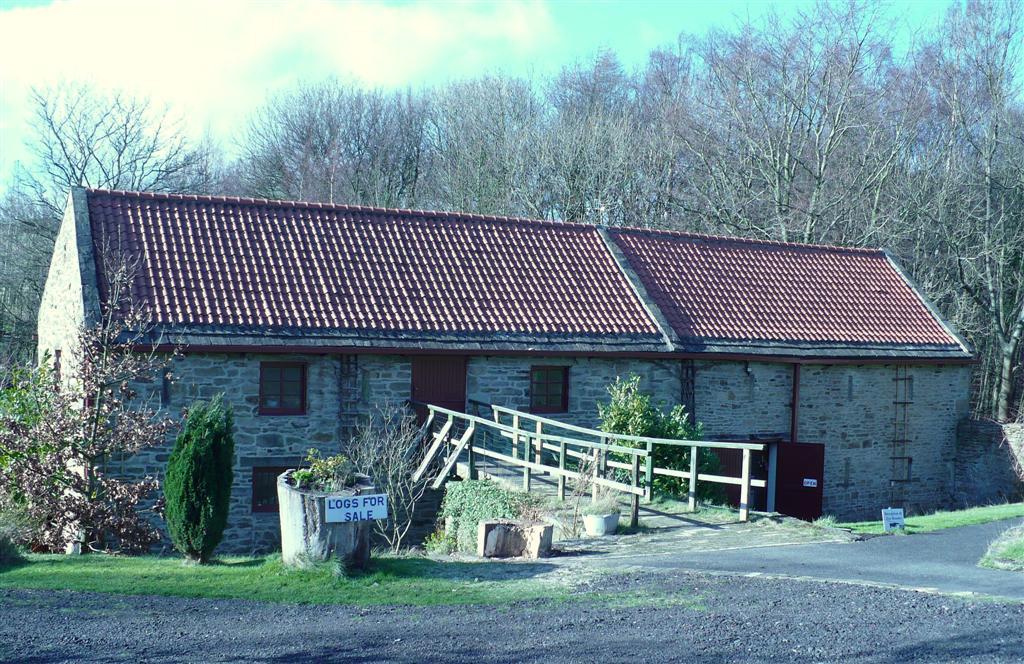
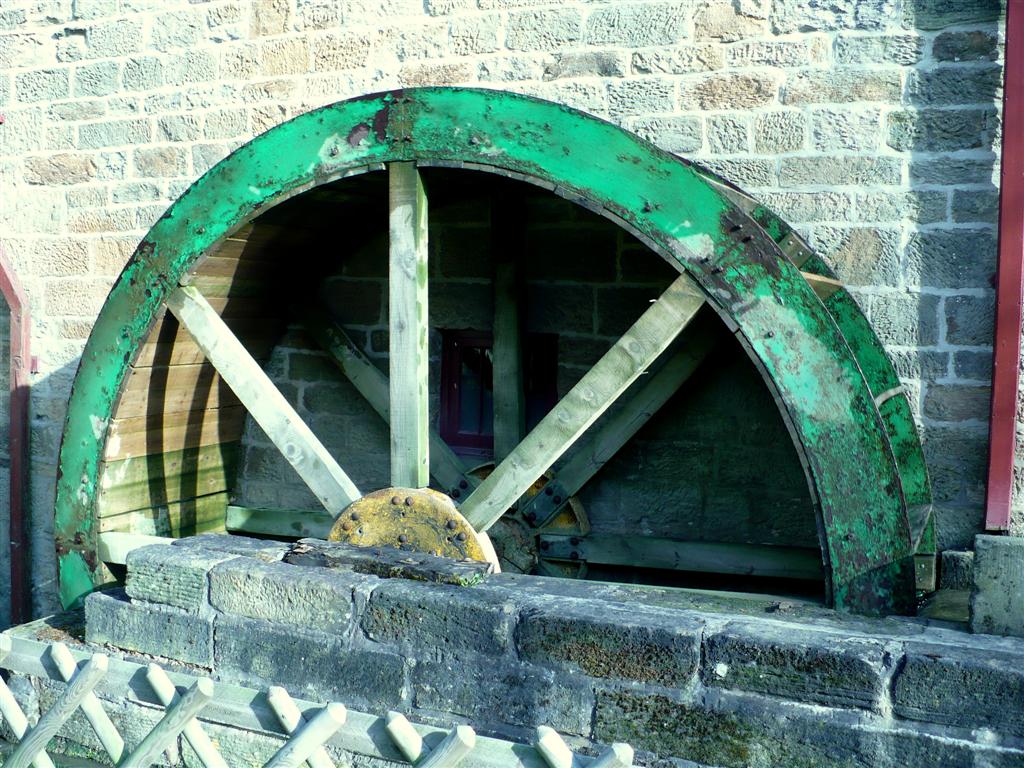
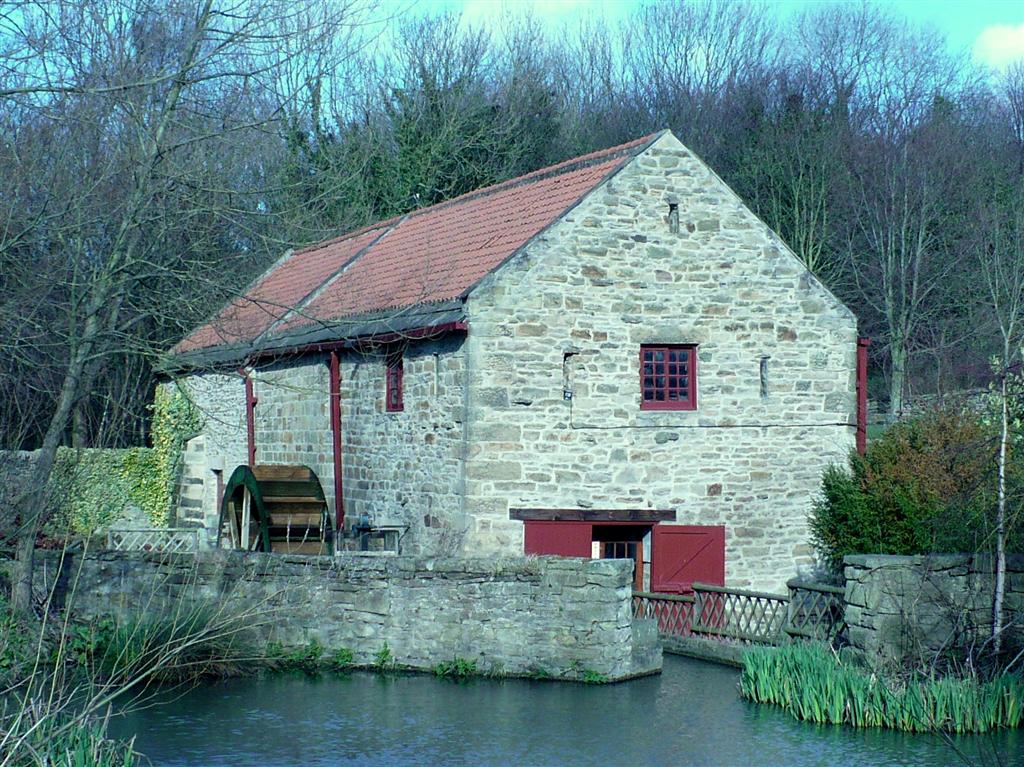
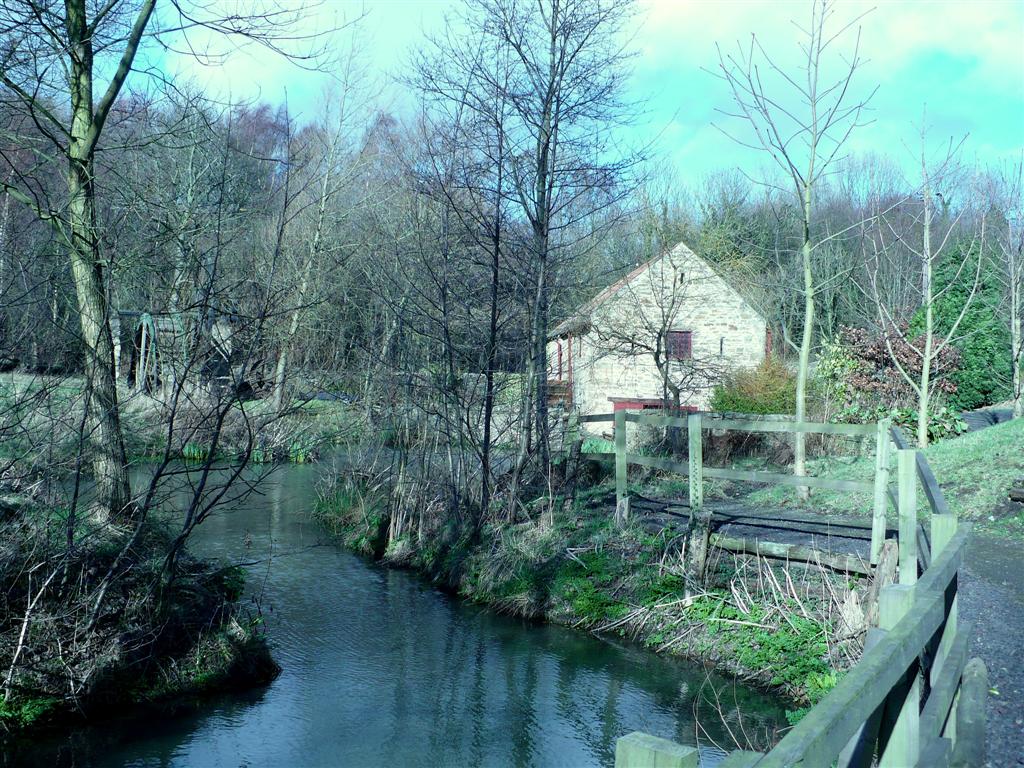

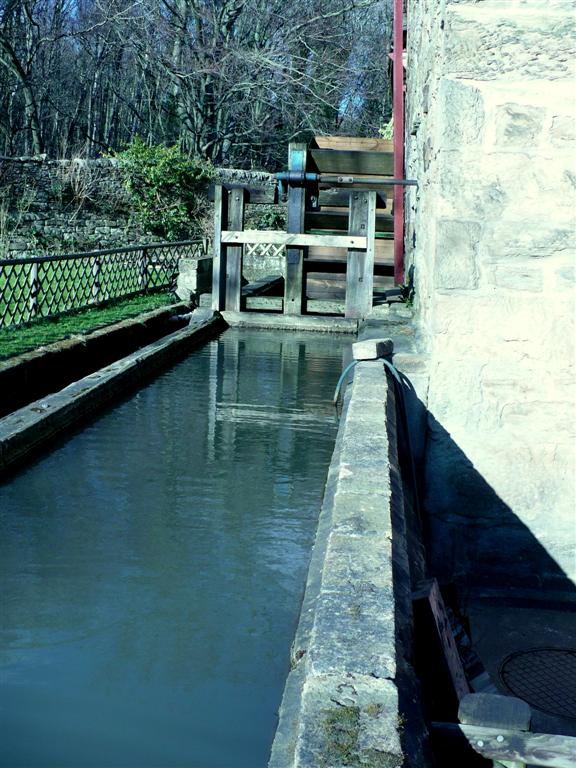

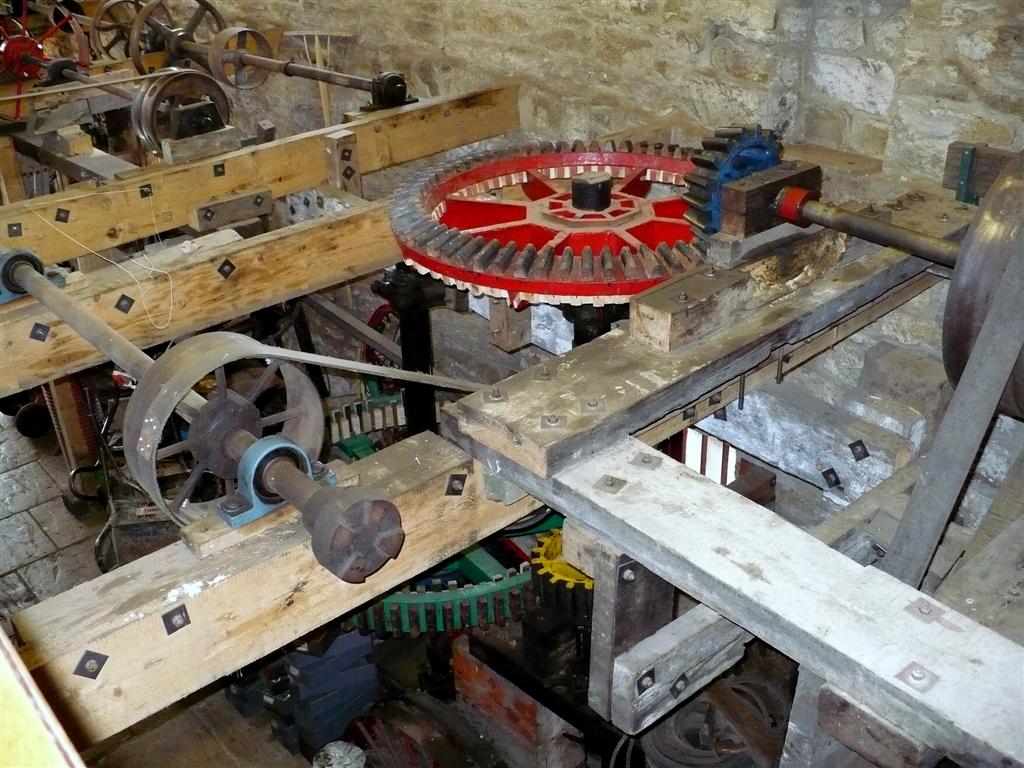
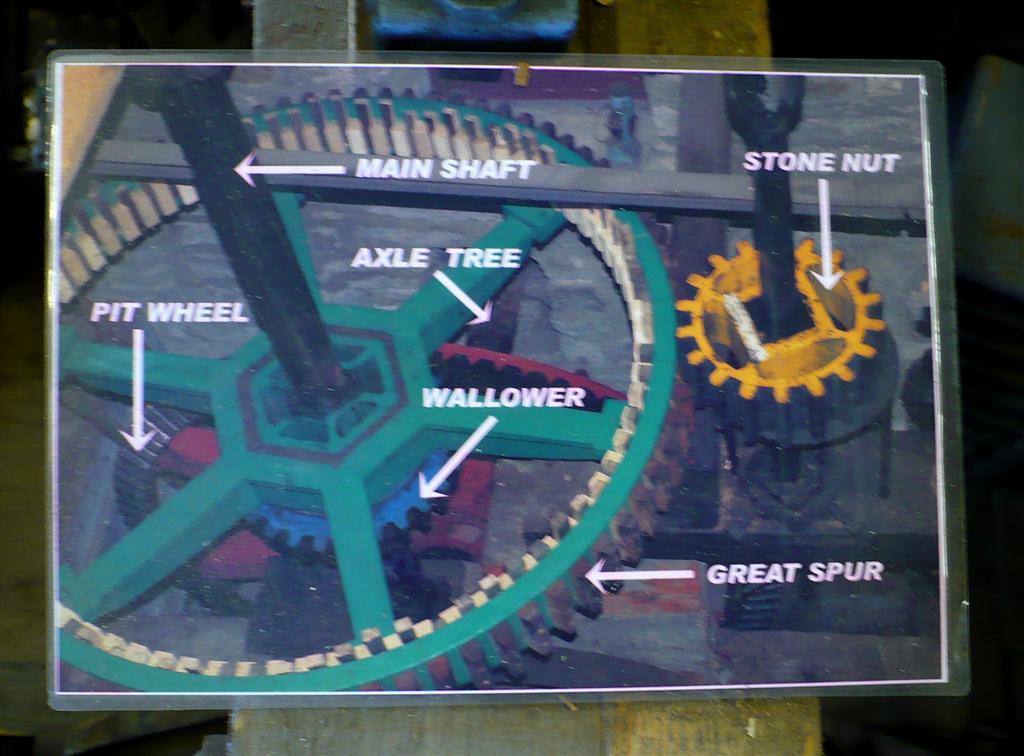
The general history of watermills in the UK is a fascinating one. Hereunder is some information on their rise and decline.
The information below I obtained from this website and would like to give all due credit. For much more information visit the site - www.jesmonddeneoldmill.org.uk
Having first developed over two thousand years ago watermill usage spread across the globe. By the eleventh century there were more than 6,000 in England. By the sixteenth century water power was the most important source of mechanical power in Britain. The number of watermills probably peaked at more than 20,000 mills by the nineteenth century. Most were for milling flour but also there were fulling mills, flint mills and mills adapted to be used for forging and mine drainage. But by far the majority were for flour milling.
With the Industrial Revolution, people began to move away from agriculture into the fledgling industries, Britain was becoming increasingly urbanised. With human population expansion, there was a growing demand for flour within towns and cities and shortages developed. Britain became more reliant upon imported corn. In 1846, the ‘Corn Laws’ were repealed, allowing unlimited imports of the crop into the UK and this heralded the beginning of the end of the flour watermill.
Although water mills were still being used during this period, they could not compete with the new steam mills.
Also the growth of the railways enabled flour milled in the ports to be moved easily to the towns and cities where it was needed.
Rural water mills began to close down to be replaced by the large scale, port-based steam-powered mills and by the end of the nineteenth century almost all had ceased commercial production.
Roly Veitch
9th March 2012
For more information on our local area history, our unique dialect, our wealth of dialect songs and other topics please visit the home page menu - link below.
Back to Home Page